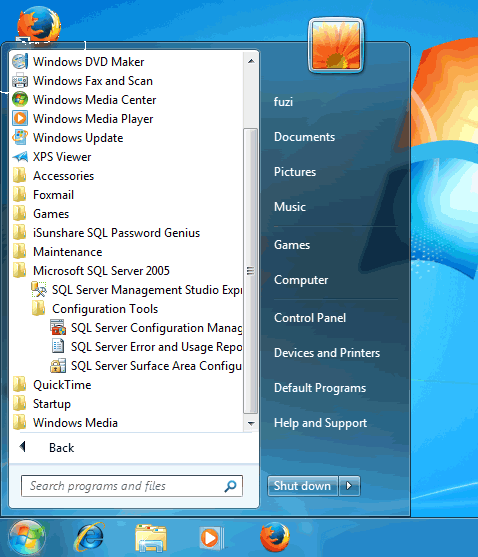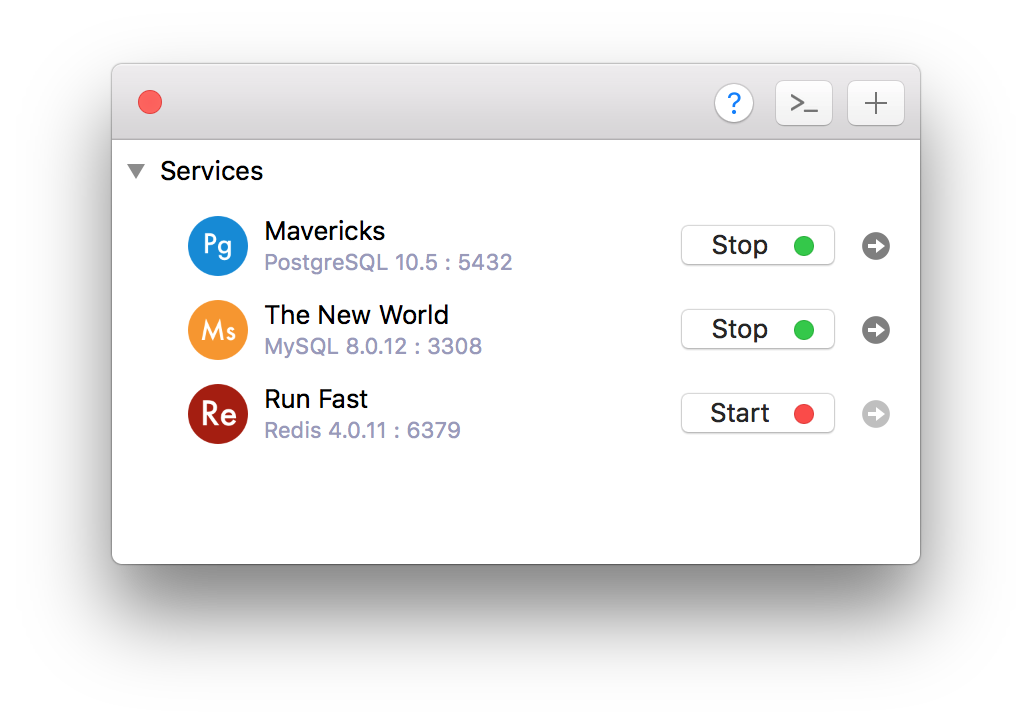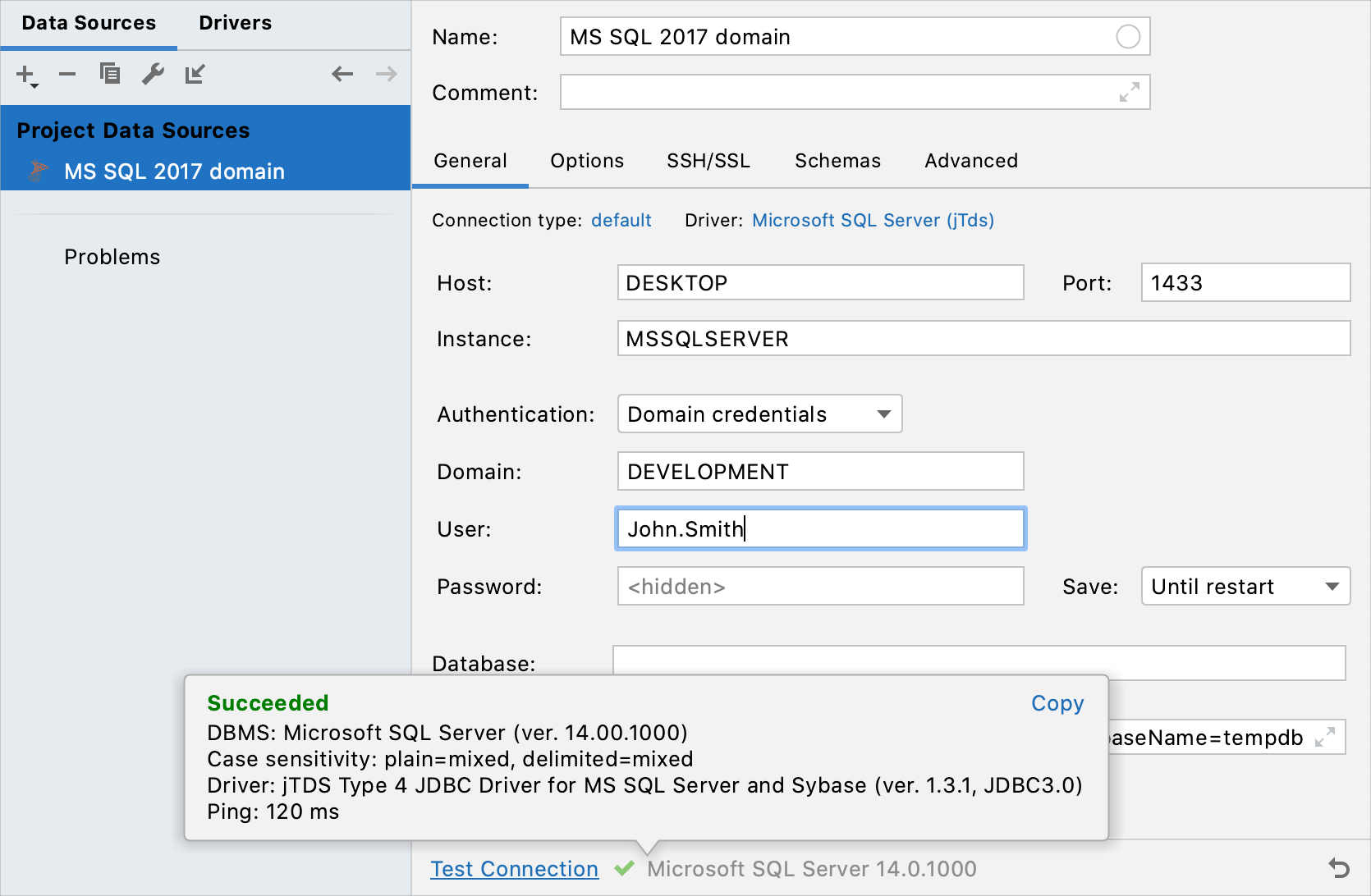

- Starting sql server on mac how to#
- Starting sql server on mac for mac#
- Starting sql server on mac install#
- Starting sql server on mac software#
- Starting sql server on mac password#
Required parameter that sets the sa database password. This is required in order to have SQL Server for Linux run on your Mac. The Y shows that you agree with the EULA (End User Licence Agreement).

This can be handy when stopping and starting your container from the Terminal. This parameter allows you to name the container. You can omit this parameter to have the container run in its own Terminal window.Īnother optional parameter. This means that it runs in the background and doesn’t need its own Terminal window open. This optional parameter launches the Docker container in daemon mode. Run the following command to launch an instance of the Docker image you just downloaded:ĭocker run -d –name sql_server_demo -e ‘ACCEPT_EULA=Y’ -e ‘SA_PASSWORD=reallyStrongPwd123’ -p 1433:1433 microsoft/mssql-server-linuxīut of course, use your own name and password. This downloads the latest SQL Server for Linux Docker image to your computer. Open a Terminal window and run the following command.
Starting sql server on mac install#
Now that Docker is installed and its memory has been increased, we can download and install SQL Server for Linux. Slide the memory slider up to at least 4GB Select Preferences from the little Docker icon in the top menu To be safe, increase it to 4GB if you can.
Starting sql server on mac password#
Screenshot of the password request dialogīy default, Docker will have 2GB of memory allocated to it. Go ahead and provide your password, as Docker needs this to run. When you open Docker, you might be prompted for your password so that Docker can install its networking components and links to the Docker apps. Launch Docker the same way you’d launch any other application (eg, via the Applications folder, the Launchpad, etc).

This container is an isolated envionment that contains everything SQL Server needs to run. Once Docker is installed, you simply download - or “pull” - the SQL Server on Linux Docker Image to your Mac, then run it as a Docker container. SQL Server 2017 can be run on Docker in its own isolated container.
Starting sql server on mac software#
dmg file and then drag the Docker.app icon to your Application folder.ĭocker is a platform that enables software to run in its own isolated environment.
Starting sql server on mac for mac#
To download, visit the Docker CE for Mac download page and click Get Docker. This will enable you to run SQL Server from within a Docker container.

Then we’ll download and install SQL Server.ĭownload the (free) Docker Community Edition for Mac (unless you’ve already got it installed on your system). The way to do this is to run SQL Server on Docker. And because macOS is Unix based (and Linux is Unix based), you can run SQL Server for Linux on your Mac. Starting with SQL Server 2017, you can now install SQL Server directly on to a Linux machine.
Starting sql server on mac how to#
This is still a valid option depending on your requirements (here’s how to install SQL Server on a Mac with VirtualBox if you’d like to try that method). Prior to SQL Server 2017, if you wanted to run SQL Server on your Mac, you first had to create a virtual machine (using VirtualBox, Parallels Desktop, VMware Fusion, or Bootcamp), then install Windows onto that VM, then finally SQL Server. And the best part is, you’ll have SQL Server running locally without needing any virtualization software. It all depends on whether you expect SQL Server to actually run on macOS, or if you just want to do most of your work there.Here I’ll show you how to get SQL Server 2017 up and running on your Mac in less than half an hour. VS Code, Visual Studio, and Azure Data Studio now run natively on the Mac, so that can work for you too in some scenarios. With SQL Server 2017, you can run SQL Server on Linux, and can even host your own docker container without using Windows at all (I am doing this on my Macs right now - and I wrote about it here). There is also an IDE from JetBrains called DataGrip and I'm sure others I don't know about. You can also, of course, RDP to other machines, use SSMS equivalent clients to connect to another SQL Server running on Windows elsewhere, or install a different platform on the Mac ( such as PostgreSQL). (I haven't tested the latter recently, but last time I tried, it was a disaster - gets great reviews as a VM host on Windows, but not very stable on the Mac.) Otherwise you will need to install virtualization software of some sort, where you install Windows in a VM, and install SQL Server there - I use Parallels Desktop, but there is also VMWare Fusion and Oracle VirtualBox. No, SQL Server will not run on macOS (it can run on Apple hardware, if you use Boot Camp and boot natively to Windows).


 0 kommentar(er)
0 kommentar(er)
